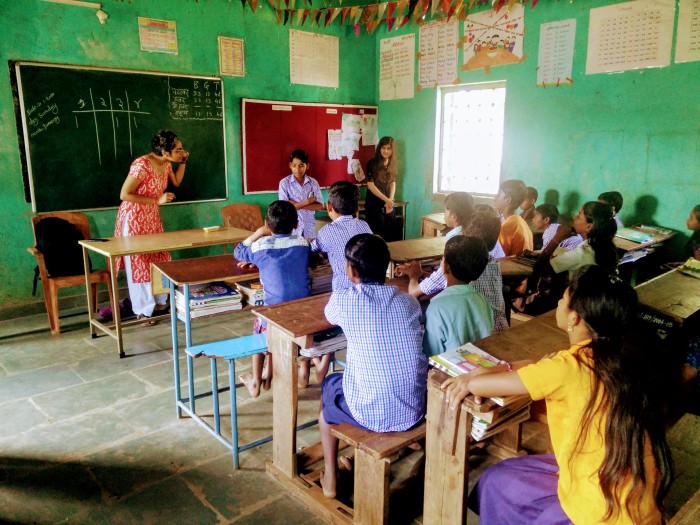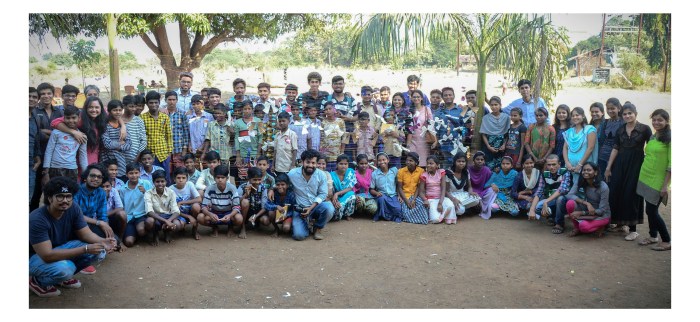By Pradnya Waghule
I have known about Junoon Foundation and its work for a few years now. I first found out about them through Twitter, where I had participated in their book donation drive. The books were meant to help children studying in schools in Wada, who lacked access to libraries. The people behind the drive were confident that the kids would devour any books that came their way.
Aware of my tremendous good fortune in access to a decent education — all as an accident of my birth — I have been keen to make it count. To serve as a bridge, in some sense, to those — whose accident of birth — has denied precisely such access to them. That’s because I have acutely felt just what an advantage my education has been, and just what an asset it can prove to be in a world that values tangible skills and a degree.

Junoon has been doing work in diverse areas. Apart from providing children with exposure to elements of education that their everyday environment does not provide, through remedial and extra-curricular sessions, Junoon has also undertaken tree plantation drives, notebook donation drive and similar other activities. While my first little contribution towards the work Junoon does had an element of charity, I was more interested in finding hands-on and productive ways to support their work. This of course could have only happened if I contributed with my time and actual collaboration, in however insignificant a capacity.
Saptarang, their day-long activity-based programme, held on January 21, 2018, at the government-run ashramshala in Ambiste village, seemed apt ground. Saptarang aimed at encouraging students to DO. In a typical classroom, students only listen and probably answer. And while interactivity might be the new pedagogical buzzword (and perhaps a burden?) infiltrating new-age education, in a government-run ashramshala, it would have been more likely to be an enabling tool. That was our guiding logic, at any rate.
My own session — one of the day’s four — was aimed at getting students to talk and open up. The instructions were simple. Each student had to come and state three facts about themselves — two truths and one lie. Their classmates had to guess which one was a lie. Correct guesses earned a point for the guessing team; the classes were divided into four and five groups for the first and second session respectively.
Unused as the students are to speak freely in front of a crowd, this was just to be one way of developing their confidence. The hope was they’d find it easier to speak up, in class and outside. By the end of the session, we could see some students stepping out of their place, walking to the front of the class and speaking more readily. Those who didn’t step out were still largely involved in listening to, and perhaps thinking about, what the others were saying. They also helped their friends who did step out figure out what to say.

The other sessions — Gender through Games, Art and Craft, and Science through Toys and Demonstrations — also exposed students to different ways of learning and being in a classroom.
I left the workshop and Ambiste happy in the knowledge that we succeeded in providing the students with something new and exciting. And with the hope that this might translate into some insight or experience that helps at least a handful of them find their way in the future. Which is the long-term vision with which Junoon seems to be working with. I was quite glad to have got this opportunity.
[…] वर्षांपासून जूनून कार्यरत आहे. तरंग, सप्तरंग, वृक्षारोपण असे विविध उपक्रम जुनून […]
LikeLike